Tamarind is a hardwood tree, known scientifically as Tamarindus indica. It’s native to Africa but also grows in India, Pakistan, and many other tropical regions. The tree produces bean-like pods filled with seeds surrounded by a fibrous pulp. The pulp of the young fruit is green and sour. As it ripens, the juicy pulp becomes paste-like and more sweet-sour. Tamarind pulp is widely used for cooking in South and Southeast Asia, Mexico, the Middle East, and the Caribbean. The seeds and leaves are also edible.
About this item
- Tamarind is used in sauces, marinades, chutneys, drinks, and desserts. It’s also one of the ingredients of Worcestershire sauce.
- Imli has antioxidant and anti-inflammatory properties. These can protect against diseases such as heart disease, cancer, and diabetes.
- Emli contains polyphenols like flavonoids, some of which can help regulate cholesterol levels.
- You may also use this fruit to add a sour note to savory dishes, instead of lemon.
- Health Benefits of Tamarind. As most ancient foods do, tamarind has a long history of medicinal uses. Many involve easing stomach discomfort, aiding digestion, and use as a laxative. Tamarind preparations are used for fevers, sore throat, rheumatism, inflammation, and sunstroke.
- Tamarind is a delicious, sweet fruit that has a wide variety of uses and applications, both for medicinal and culinary purposes. It is a medium-sized bushy tree with evergreen leaves and fruit that develops in pods characterized by long, brown shells. Inside is a sticky, fleshy, juicy pulp, which is the tamarind fruit. This is where the nutrition and taste reside! It is both sweet and sour in taste, and people tend to either immediately like it or have a natural disposition against it!

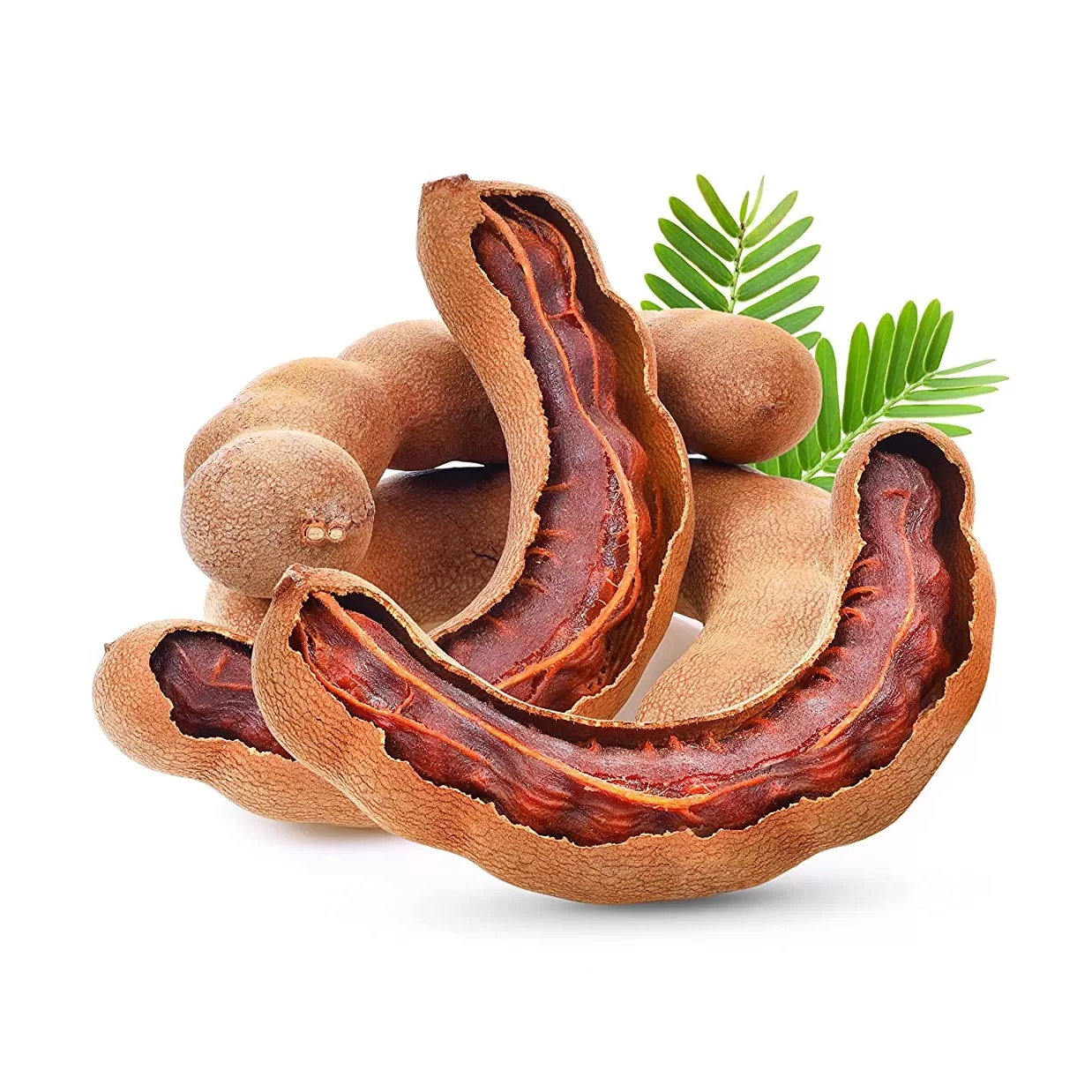
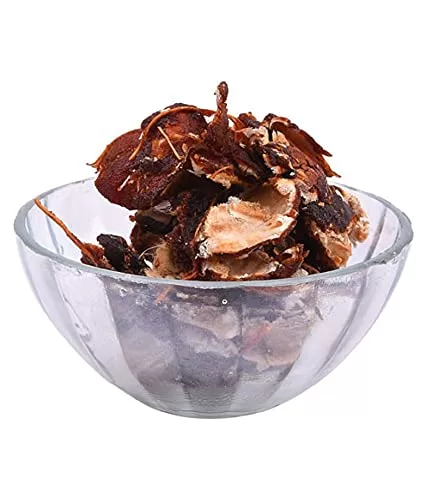
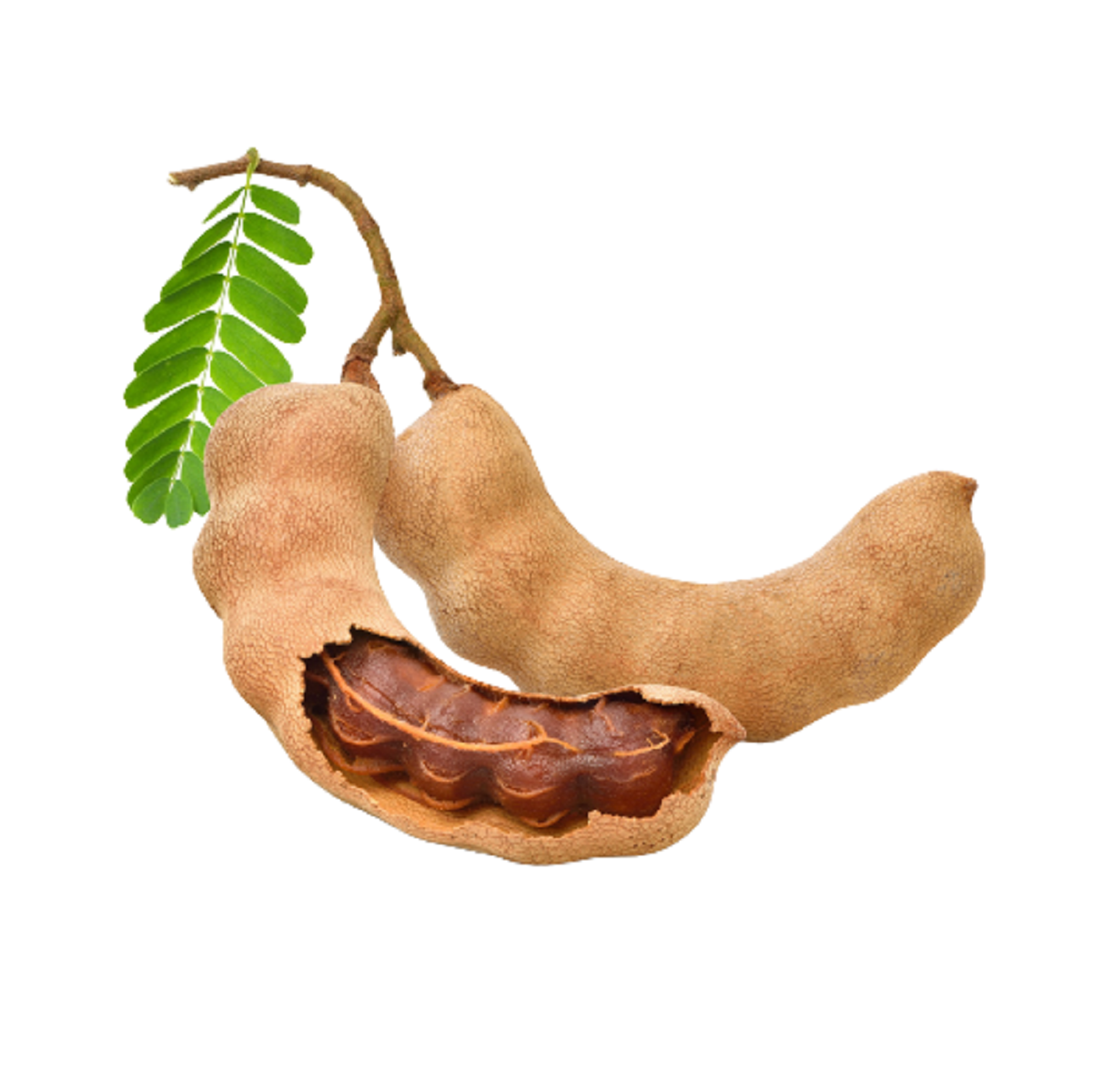
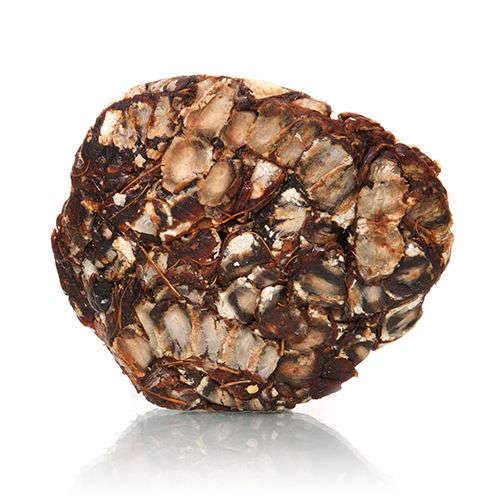



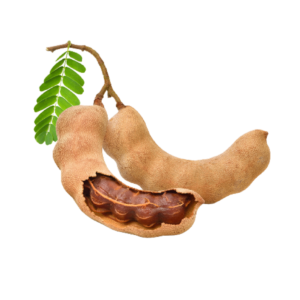


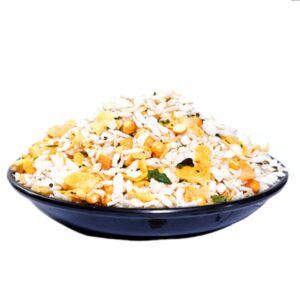

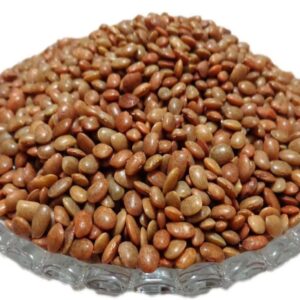
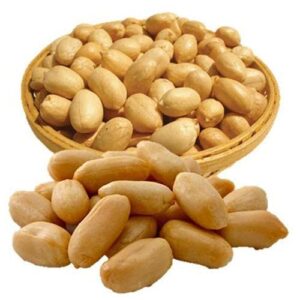
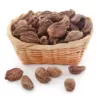

Reviews
There are no reviews yet.